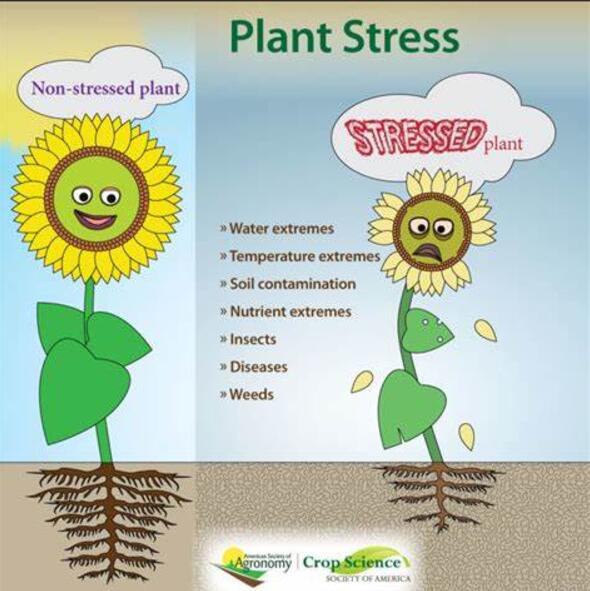Exploring the deleterious effects of heavy metal cadmium on antioxidant defense and photosynthetic pathways in higher plants
IF 6.8
Q1 PLANT SCIENCES
引用次数: 0
Abstract
Cadmium (Cd) is a highly toxic heavy metal and a major inorganic pollutant in soil ecosystems. Due to its high mobility and solubility, plants easily absorb Cd, affecting their physiological and biochemical processes, crop quality, and ultimately human health through bioaccumulation in the food chain. This review provides a comprehensive analysis of recent advances in understanding Cd toxicity in soil. It studies the influence of Cd on plant growth and development, focusing on disruptions in physiological and biochemical processes, changes in cellular ultrastructure, changes in biomass accumulation, and changes in nutritional quality. The review summarizes current findings on the mechanisms of Cd-induced toxicity, particularly its effects on antioxidant and photosynthetic systems. The broader ecological consequences of Cd contamination on ecosystem health and biodiversity are also examined. In addition, the article discusses new phytoremediation and genetic engineering strategies aimed at increasing plant resistance to Cd stress. Future research directions are suggested to address existing knowledge gaps and improve remediation efforts.
求助全文
约1分钟内获得全文
求助全文
来源期刊

Plant Stress
PLANT SCIENCES-
CiteScore
5.20
自引率
8.00%
发文量
76
审稿时长
63 days
期刊介绍:
The journal Plant Stress deals with plant (or other photoautotrophs, such as algae, cyanobacteria and lichens) responses to abiotic and biotic stress factors that can result in limited growth and productivity. Such responses can be analyzed and described at a physiological, biochemical and molecular level. Experimental approaches/technologies aiming to improve growth and productivity with a potential for downstream validation under stress conditions will also be considered. Both fundamental and applied research manuscripts are welcome, provided that clear mechanistic hypotheses are made and descriptive approaches are avoided. In addition, high-quality review articles will also be considered, provided they follow a critical approach and stimulate thought for future research avenues.
Plant Stress welcomes high-quality manuscripts related (but not limited) to interactions between plants and:
Lack of water (drought) and excess (flooding),
Salinity stress,
Elevated temperature and/or low temperature (chilling and freezing),
Hypoxia and/or anoxia,
Mineral nutrient excess and/or deficiency,
Heavy metals and/or metalloids,
Plant priming (chemical, biological, physiological, nanomaterial, biostimulant) approaches for improved stress protection,
Viral, phytoplasma, bacterial and fungal plant-pathogen interactions.
The journal welcomes basic and applied research articles, as well as review articles and short communications. All submitted manuscripts will be subject to a thorough peer-reviewing process.
 求助内容:
求助内容: 应助结果提醒方式:
应助结果提醒方式:


